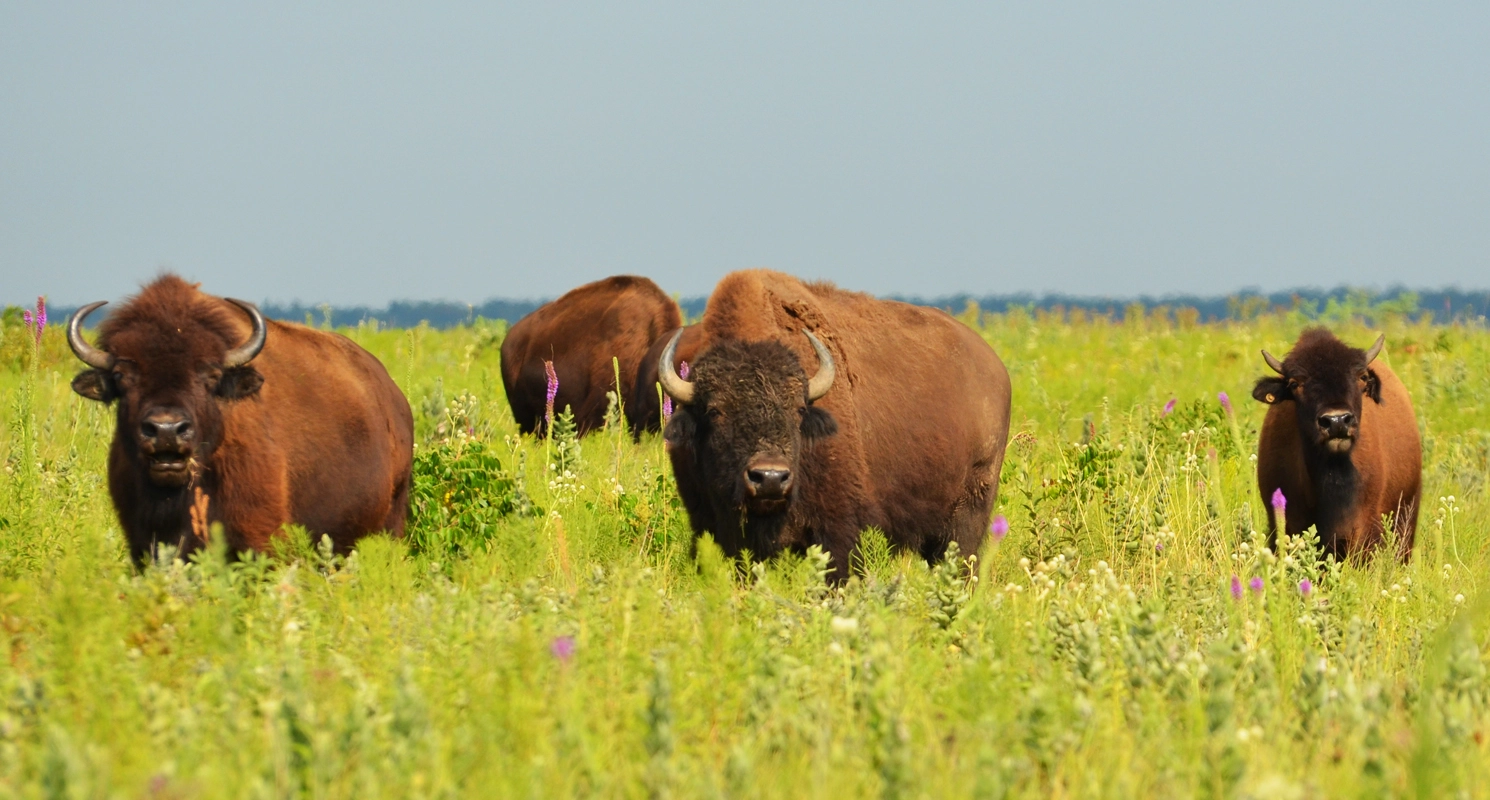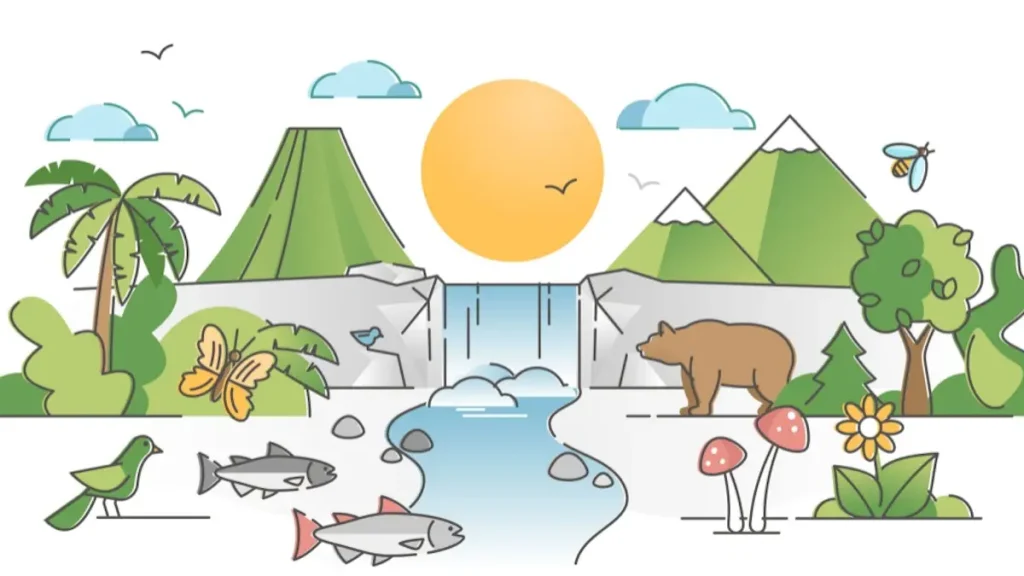
Overview
Species have and unavoidably do move around the globe raising complex questions about what is native or non-native. Commonly, there is confusion over the beginning of wildlife, both plants and animals. Classifying species is an obliging way to explain exactly what role any animal has in an ecosystem or its distribution around our planet. Here is the geographical Classification of Species and their presence in a habitat. https://thecliment.com/species-interaction/
Native species
A native species is found in a convinced ecosystem due to natural processes for example natural distribution. For example, the koala is native to Australia. No human interference brought a native species to the area or prejudiced its spread to that area. Sometimes, Native species are also called indigenous species.
While a native species can be helped by new species introduced to an area, such as flowers that are native to North America and helped by European honeybees from the last centuries. The native species developed independently in the area and is predominantly adapted to its habitat.
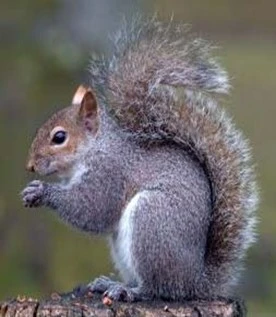
Endemic Species
A native species can be endemic or indigenous. When a species is indigenous, it is found in surrounding areas and a particular location. For example, an indigenous species might be present throughout the Sierra Nevada Mountain range and the east of the mountains.
An endemic species is a native species found only in a specific location. Such species can be endemic to a whole continent or a tiny area. For example, an endemic species can likely be found only in a specific mountain at a definite elevation zone.
Some endemic species are typically focused on specific areas because they are highly modified to a specified niche. For example, some animal species may eat only certain plants located in that region. The plant may also be well improved to the area considering some plants only grow and complete their life cycle on specific soil types and climates.
Because of this characteristic and incapability to move into new habitats, some endemic species are at higher risk when a disease hits when the habitat quality is threatened, or if an invasive species enters its region and becomes a competitor or predator.
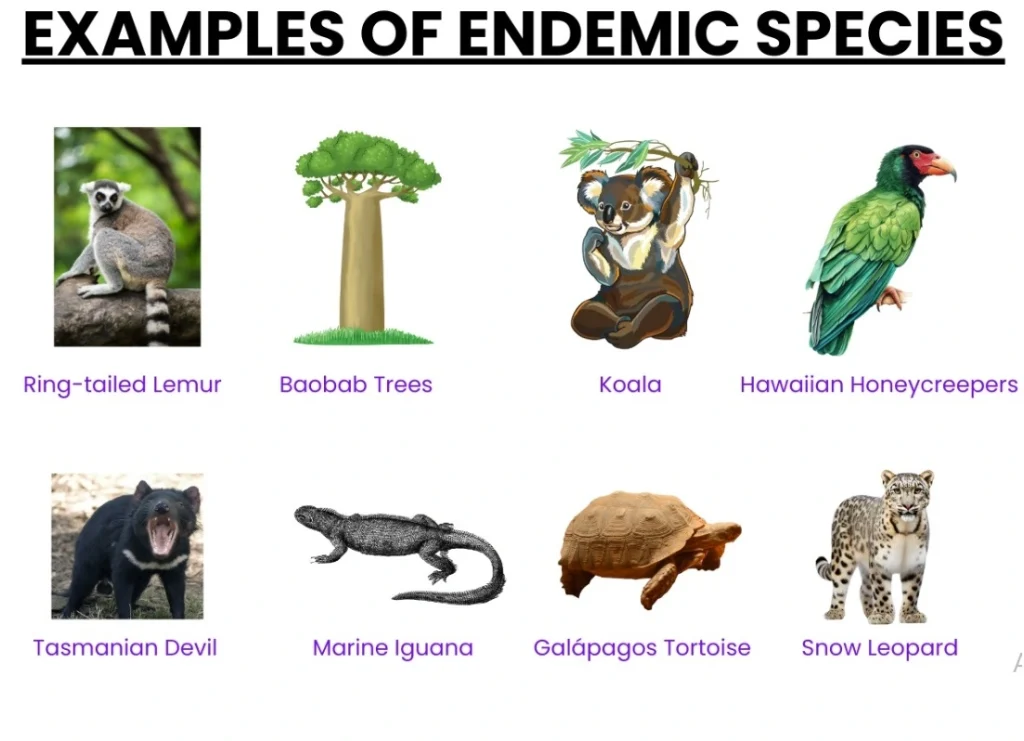
Non-native or Introduced species
Non-native or introduced species are brought to an area by human activity, either accidentally or intentionally, which are not native.
A common delusion is that introduced and invasive species are substitutable terms, but these are distinct. Introduced species don’t necessarily harm their new ecosystem and could even be beneficial.
The European honeybee benefits North America by helping crops without harming other pollinators. However, an introduced species is likely to become an invasive species.
Invasive Species
An invasive species is introduced into an ecosystem and flourishes so well that it negatively impacts native species.
Invasive species are also defined as:
1) Non-native or alien to the ecosystem and 2) whose introduction into any ecosystem causes or is likely to cause environmental or economic harm or harm to human health.
Invasive species can be animals, plants, and other organisms such as microbes. Anthropogenic actions are the primary means of invasive species introduction.
The negative impacts comprise out-competing native species in the same ecological niche, reducing biodiversity in their new habitat, or changing that habitat in ways that make it difficult for native species to survive.
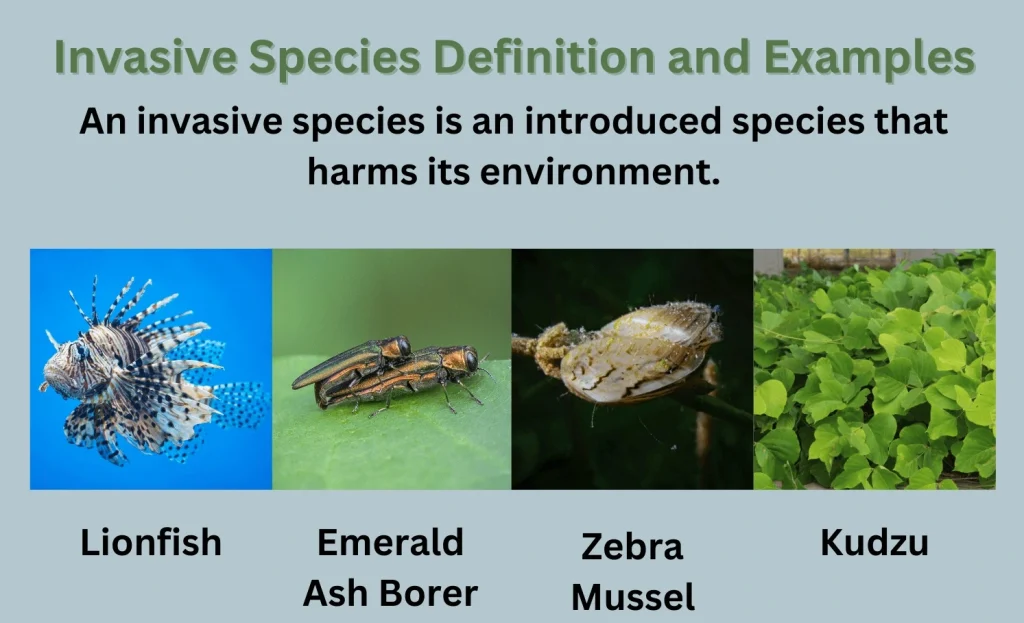
Cosmopolitan Species
While an endemic species is confined to a particular range, a species that is found in a broad range for a specific type of habitat all over the world or which rapidly spreads its range in resourceful ways is called a cosmopolitan species.
The classification of cosmopolitanism is complex. While it characteristically describes a species with global distribution, it is expected the polar regions, high altitudes, deserts, and other extremes are automatically excluded. The term may also be used to define species that are found on most continents or many environments but not all. The term is typically used to describe species that are usually widespread but doesn’t essentially mean that the species is found everywhere.
Orcas are one example of such species. They are found throughout the world’s oceans, from the icy waters to the more temperate waters. They do not appear everywhere in the seas and oceans, but they have a broad distribution.
Houseflies, domestic cats, rats, humans, and many other species also fit under the tag of cosmopolitan as they’re found worldwide.
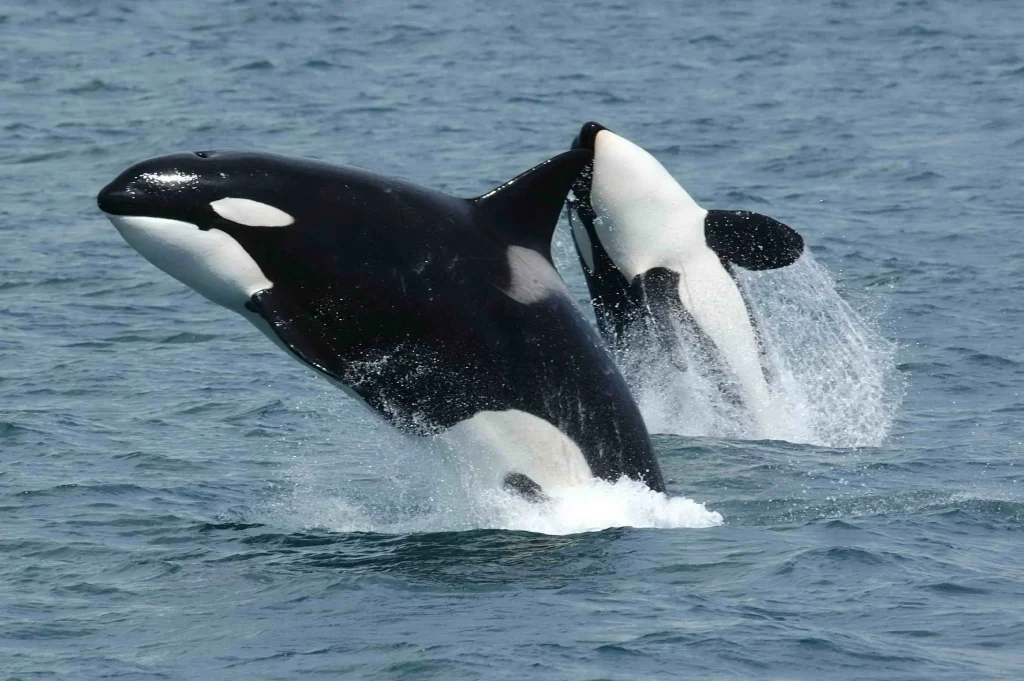
Cryptogenic Species
While an introduced or native species is usually easy to classify, that’s not always the case. Sometimes, it is almost impossible to identify whether a species originated in an area or was brought in long ago. The ancestries of the cryptogenic species are unknown or cannot be ultimately determined. A cryptogenic species can be introduced or native, having settled so deeply that its origin is uncertain.
It isn’t essentially known whether the species were introduced comparatively recently, seemed there naturally in recent natural history or have been there for eras.
Migratory Species
A lower taxon or species of wild animals of which the whole population or any geographically distinct part of the population predictably and cyclically crosses one or more national jurisdictional boundaries. The word ‘cyclically’ narrates a cycle of any nature, such as circadian annual (astronomical, etc), climatic or life, and of any frequency; The word ‘predictably’ suggests that a phenomenon can be expected to persist in a given set of conditions, though not necessarily frequently in time. https://www.cms.int/

 The Climent Respect your roots, Protect your planet
The Climent Respect your roots, Protect your planet
